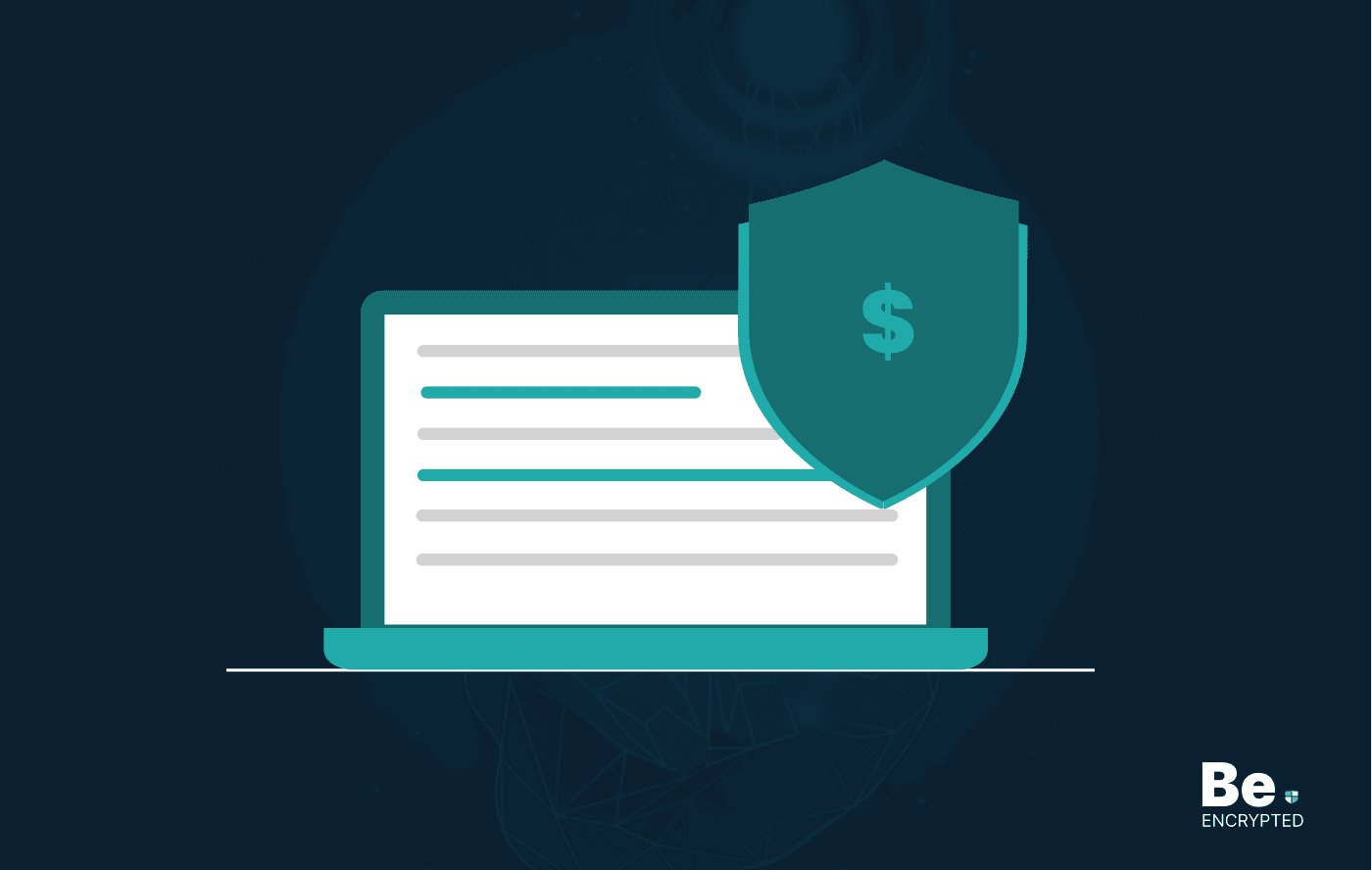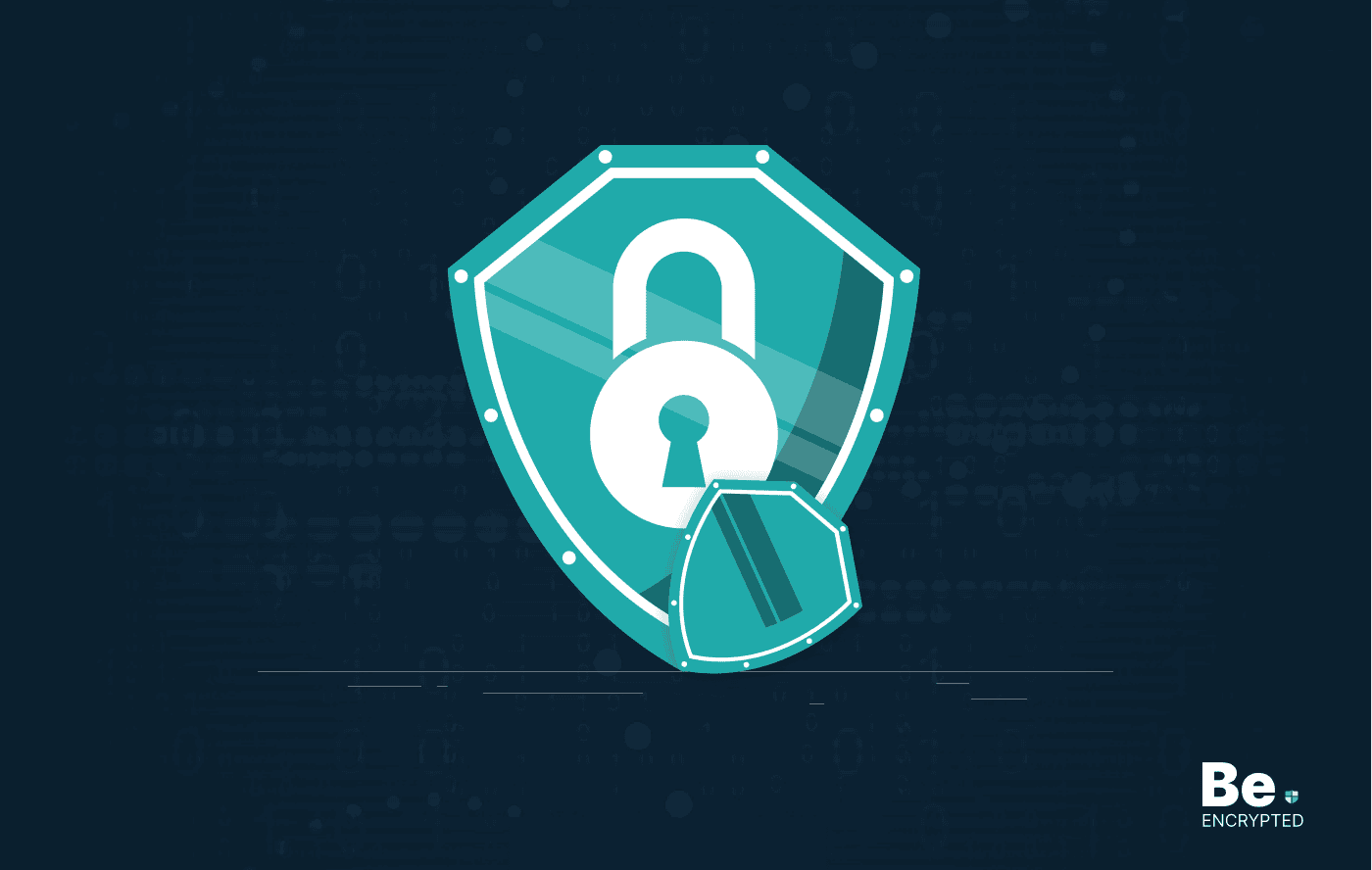Scientists and technicians are trying to invent the latest technology protection to create barriers between hackers and systems. However, the issue is that we still do not know how many ways a hacker can affect us. We know almost every hacker’s move, but again, they invent new ways to target us.
And till we find prevention for those, new ones come. So, as said, “precaution is better than cure.” Hence, we must also be cautious beforehand. We should build a security system in which hackers cannot cross the security in the first place only. Hence, we would not need to find other prevention methods when they can’t even get into the system. So, to secure ourselves, firewalls have been invented and are used. One of these is the Virtual firewall.
If this term is new to you, then don’t worry. This article will provide you with complete information about this service.
What is a virtual firewall?
A virtual firewall is a kind of firewall service or device that offers network traffic filtering and examining for virtual machines (VMs) in a virtualized environment.
A network firewall inspects packets to observe and supervise incoming and outgoing traffic based on encoded security policy rules. A virtual firewall has the same job. It delivers network traffic filtering and monitoring for virtual machines (VMs) in virtualized environments.
Virtual firewalls can be moved easily from cloud to cloud, so they are often preferred. Due to the system’s flexibility, a virtual firewall may be better for smaller organizations outside a company network. A virtual firewall is also simple to update and sustain.
A virtual firewall is a system or network firewall device that offers packet filtering in a virtualized environment. It is responsible for managing and controlling all kinds of traffic. It works with switches and has almost the same functions as a hardware firewall; how can it help us?
A virtual firewall works in a bridge mode and a hypervisor mode. Like any ideal firewall system, a bridge mode is responsible for diagnosing and observing all the virtual machine’s incoming and outgoing traffic.
In hypervisor mode, the virtual firewall controls inaccessibility from the physical network in the center of the hypervisor and handles both sides of the virtual machine’s traffic.
How can it help us?
As mentioned before, virtual firewalls are very helpful, especially regarding security. It is beneficial for the system’s protection and has many benefits. Some of these benefits are given as follows:
- Keeps unapproved users from getting to records
- Prevents exchanging of sensitive info by employees
- Inexpensive
- Does not require IT support
- Protects an organization’s cloud infrastructure
1. Keeps unauthorized users from getting to records
An essential job of a virtual firewall is to save and protect the system from an unknown user getting to our records. This firewall keeps any unapproved user from getting to and harming the system. So if any user who may not seem safe is unapproved, a virtual firewall saves the system from these users.
Hackers may try to get into the system by using an authentic user’s name, so a virtual firewall keeps the hacker away from the system and prevents it by not letting the hacker get through the system, thus saving it.
2. Prevents exchanging of sensitive info by employees
Another significant advantage of virtual firewalls is that they do not let the company employees share any confidential information relating to the company. This means that it saves them from insider mistakes and traitors. Hence, no one working in the system can exchange data without supervision.
Sometimes the hacker might fool a staff member and ask him to exchange the company’s sensitive data. Or maybe not force him but offers him something in return, which means the staff member can become a traitor. In such cases, a virtual firewall protects the security of the system.
3. Inexpensive
The most apparent advantage of a virtual firewall is its low-priced service. This is the most prominent reason for using a virtual firewall over any other one. This is the reason why people prefer virtual firewalls over hardware firewalls.
Virtual firewalls are purchased more than any other because they are inexpensive and cheap. They do not cost more than a hardware firewall. Hence, this is the main reason for their popularity.
4. Does not require IT support
Another plus point of using a virtual firewall is that it does not require any specific IT technician to solve and use the problems. It means that anyone can easily use it, and the issues are also addressed by anyone using it. So you do not need IT support until required (like in emergencies).
In any hardware firewall, you would need an IT professional to help you out with the regular proceedings of the firewall. Still, in a virtual firewall, you can do the underlying operations independently and would not need help until a major hack happens.
5. Protects an organization’s cloud infrastructure
Virtual firewalls protect in several ways. One of the protection they provide is the protection of any company’s cloud infrastructure. This is also very helpful to organizations in many ways.
Cloud infrastructure includes the hardware and software mechanisms — such as servers, storage, a network, and virtualization software required to maintain the computing necessities of a cloud computing model. Virtual firewalls preserve an organization’s hardware and software mechanisms by protecting the cloud infrastructure.
Virtual firewalls vs. physical firewalls – Which is better?
Physical firewalls are used in a security appliance or as a measure of a routing device and external labor of an operating system using servers and switches. They help tie the public internet to the internal network, which they protect over dedicated network edges. No traffic can bypass the physical firewalls since they exist between the open web and the server.
Any information alteration between the internal network and server must occur through the network interfaces and, therefore, through the physical firewall. Physical firewalls are hardware devices that can handle heavy traffic quickly.
You are a remote network constituent that does not impact the routine of other applications. A physical firewall is somewhat easier to arrange. Suppose you want to alter, reposition, or rearrange the hardware firewalls or even shut them. In that case, you can do it easily without the tension that will impact the performance of networks and any other connection.
Hardware firewalls often must be installed, managed, and supported by an IT person or the network funding staff.
As discussed above, virtual firewall software appliances used within virtualized environments work with virtual switches and machinery to observe, manage, and clean the traffic. A hypervisor arranges the virtualized environment, devices, systems, and appliances and links them by virtual switches.
Virtual firewalls are comparatively cheaper than physical firewalls. Although organizing a virtual firewall on its server is convenient, too many can cause problems. They can be centrally controlled and arranged.
Share this article
About the Author
Rebecca James is an IT consultant with forward thinking approach toward developing IT infrastructures of SMEs. She writes to engage with individuals and raise awareness of digital security, privacy, and better IT infrastructure.
More from Rebecca JamesRelated Posts

How to Avoid Gambling Restrictions in 2024
KEY TAKEAWAYS Gambling is prohibited in multiple countries as it is addictive, and many people go ba...

20 Best Penetration Testing Tools For Security Professionals
KEY TAKEAWAYS If you’re in a hurry, then have a look at the list of 20 best penetration testin...

The Role of Developer Security in Software Development
KEY TAKEAWAYS The revolution of DevOps has reduced the SLDC and resulted in the creation of many sof...

How To Detect Hidden Cameras And Listening Devices? A Complete Guide
Many people feel like someone is watching them or listening to their conversations. They may be righ...

10 Ways to Prevent Ransomware Attacks
KEY TAKEAWAYS Ransomware attacks are growing frequently and affecting every sector of the business i...

What is Ransomware: Types and Prevention Tips
Ransomware is malware that encrypts files on a user’s computer and then demands payment to dec...


